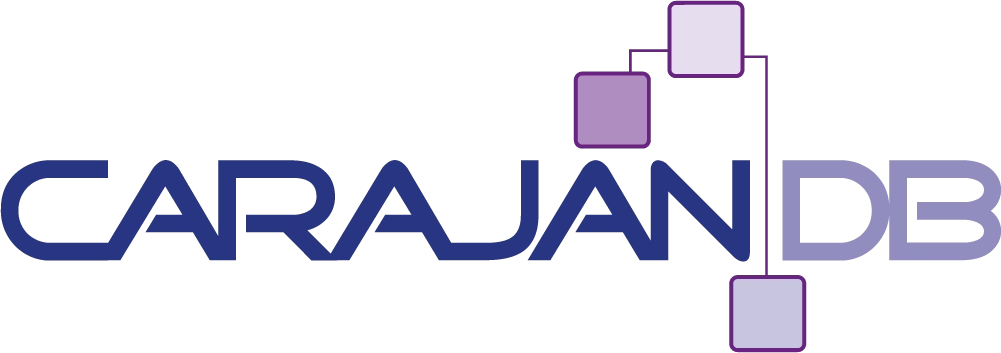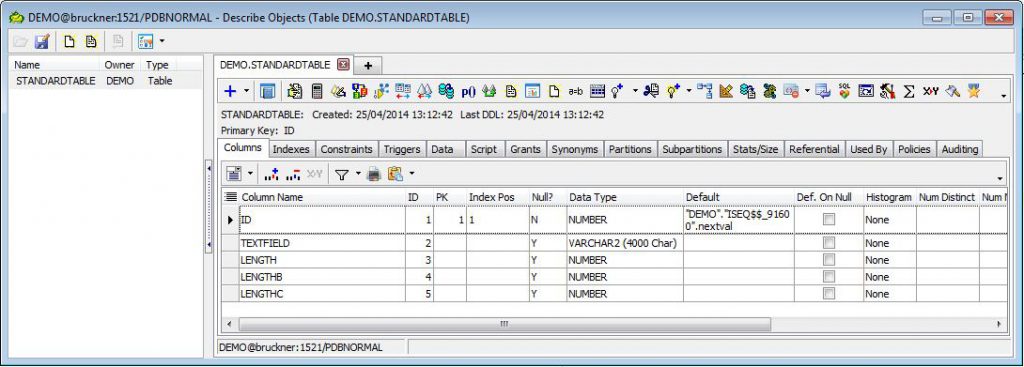Help, where am I? CDB or PDB … and which DB anyway?
About problems with Oracle 12c Multitenant Database Back in the days everything was easier, wasn’t it? Thus far you connect to your database and in doubt you send a query to v$instance or v$database to check you’re actually connected to the right place. But since 12c the world is no more that clear. Meanwhile we’ve got the Multitenant Option and by connecting to a Pluggable Database, maybe you won’t get the desired result. But for what reason it is such a problem?
Help, where am I? CDB or PDB … and which DB anyway? Blogbeitrag lesen »





